MYP: Connecting to Mathematics
Photo: Year 8 design of Rotation
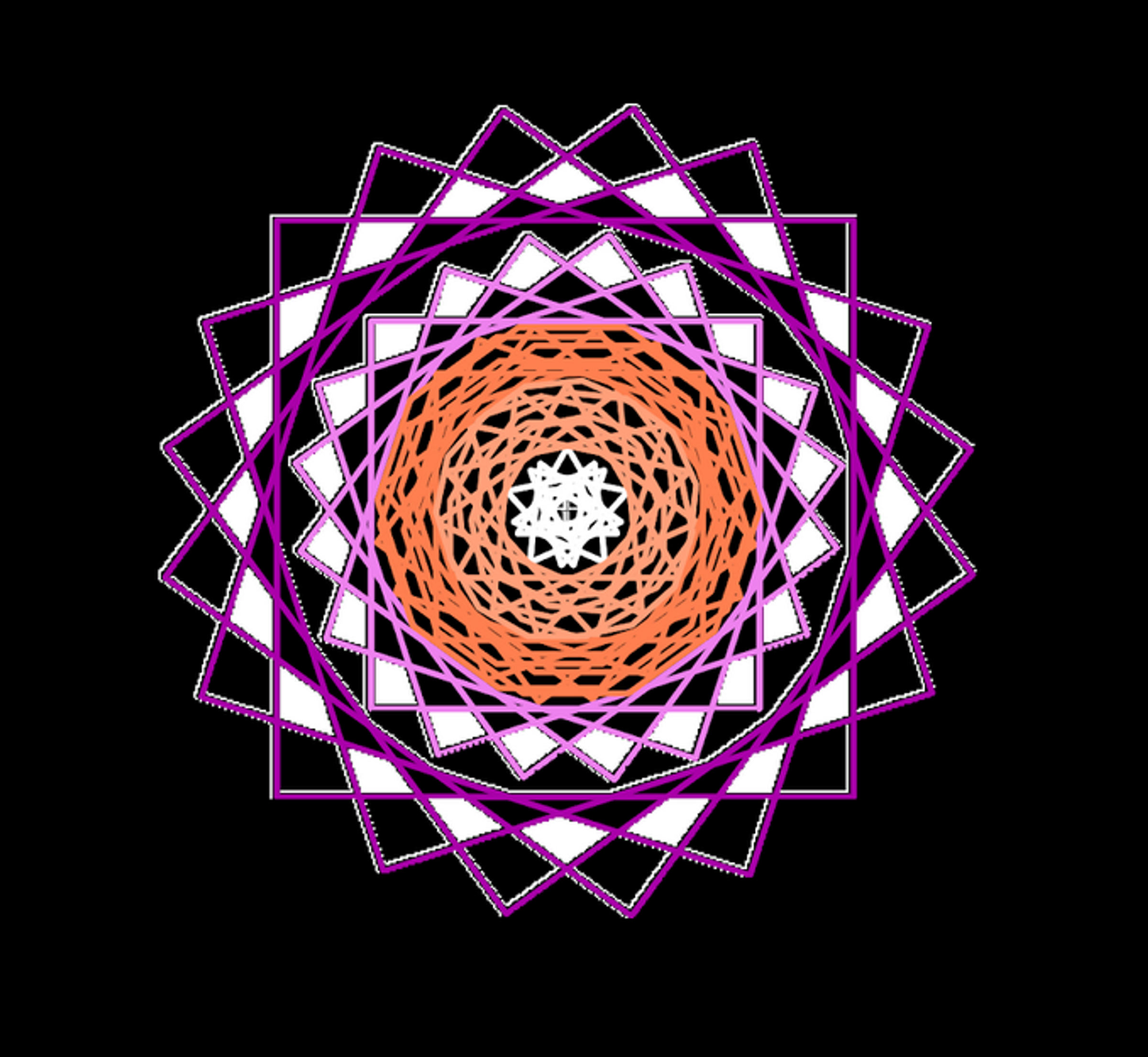
MYP: Connecting to Mathematics
Photo: Year 8 design of Rotation
YEAR 7
Statement of Inquiry: Algebra is useful in real-world situations when trying to discover patterns, communicate relationships and find solutions to problems.
Key Concept: Communication
Our current unit Algebra Rules! follows the previous one which focused on measurement, during which we explored a task called 'Product Packaging Prototyping: Using Maths to Reduce Waste'.
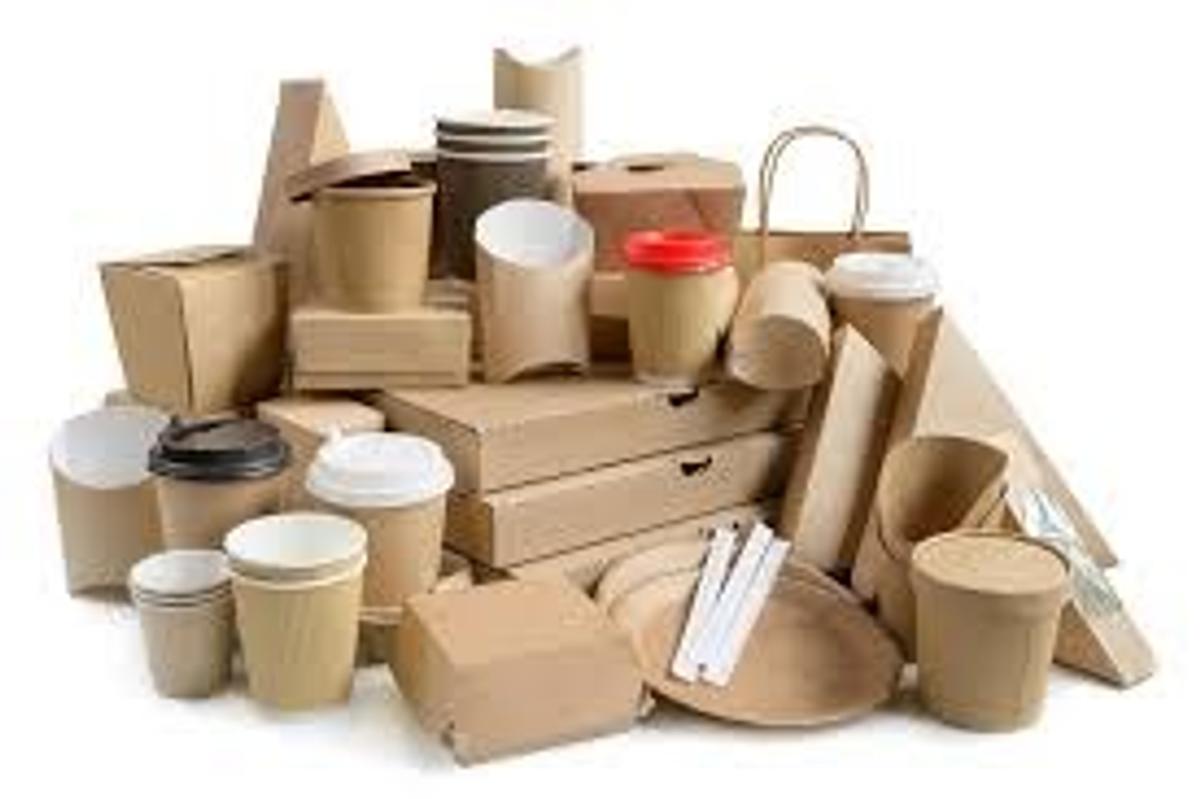

The design/engineering challenge was to redesign a chosen product’s packaging to hold the same amount (volume) of product while reducing the packaging (surface area). The images show the processes the students took to find a successful solution.
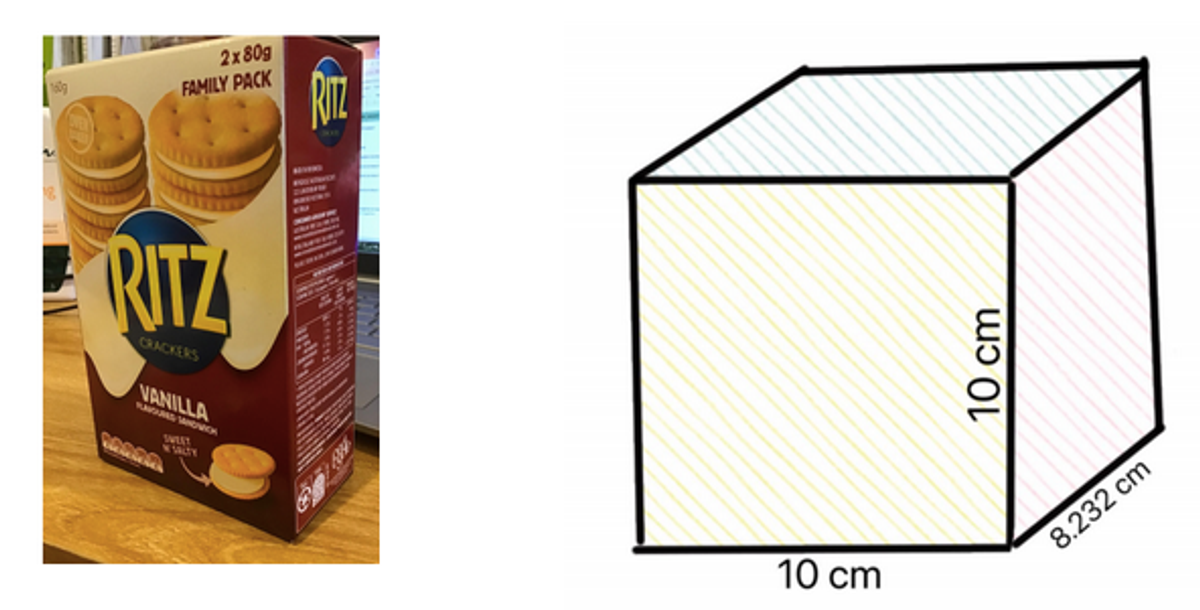
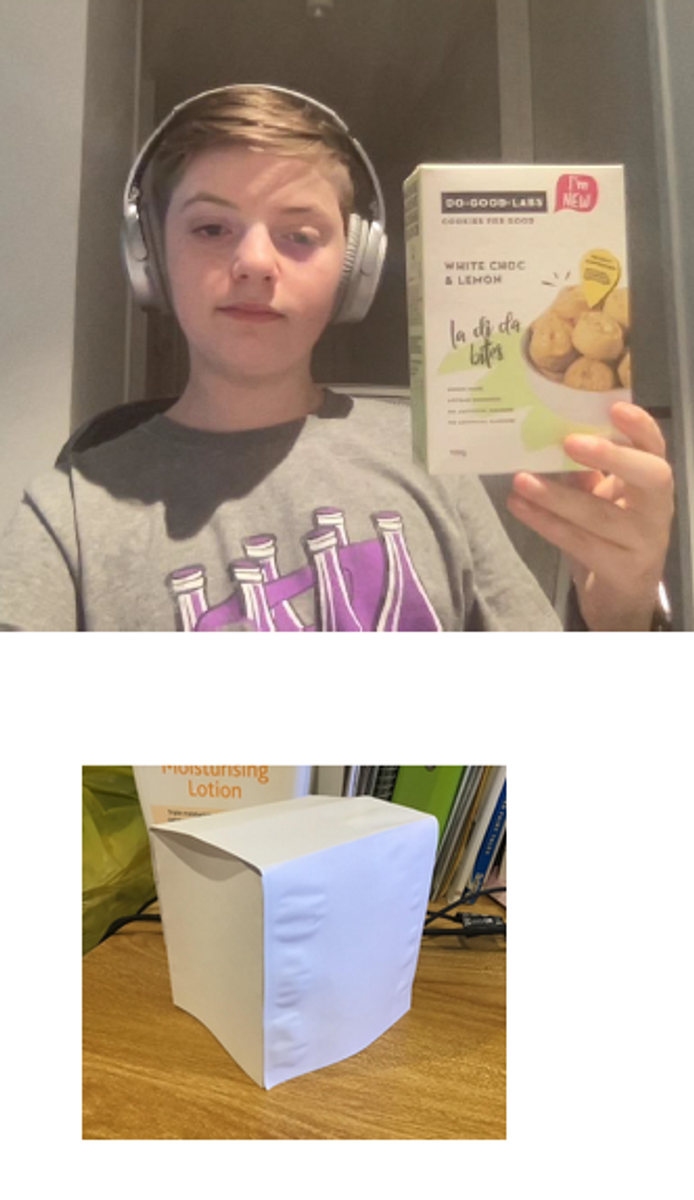




As we discovered, the ‘trial-and-error’ method of changing dimensions and seeing how the surface area was affected sometimes took quite a long time and didn’t result in success! Our current unit is helping us to make connections with how we could have used algebra to ‘find solutions to problems’ more quickly and accurately.
YEAR 8
Statement of Inquiry: The shape and measurement of an object are important in understanding the orientation of a form in time and space. Logic is a powerful tool for justifying what we discover through measurement and observation.
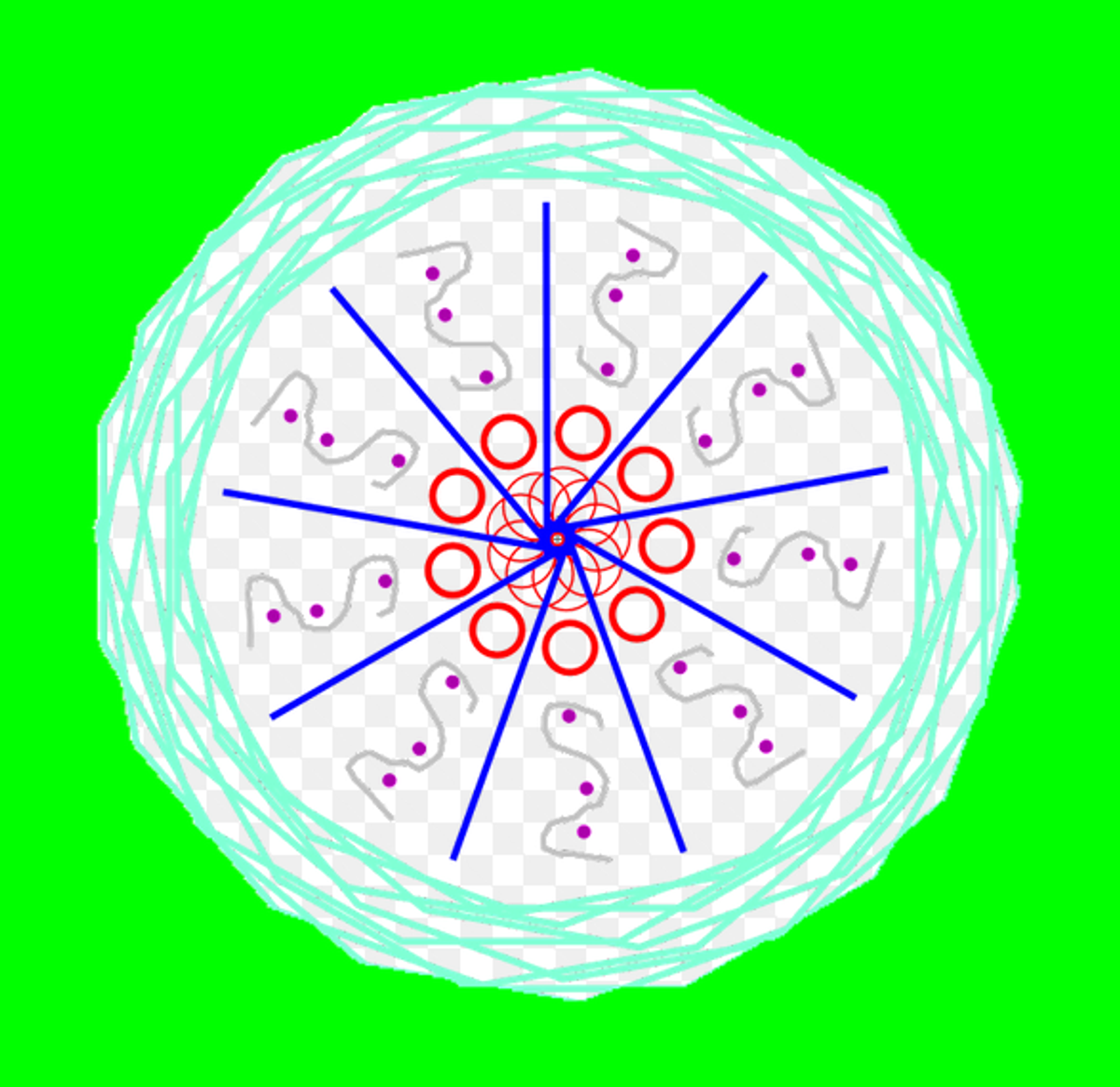



The students are currently learning all about geometry; angles and transformations, that is, the reflection, rotation and translation of different shapes. There’s still lots more to learn about triangles, and quadrilaterals (four-sided shapes), and lots of practice to be done with this work too. In a recent lesson, to better understand the concepts of rotation and reflection symmetry, students had a lot of fun designing amazing shapes using Symmetry Artist (Maths Is Fun).
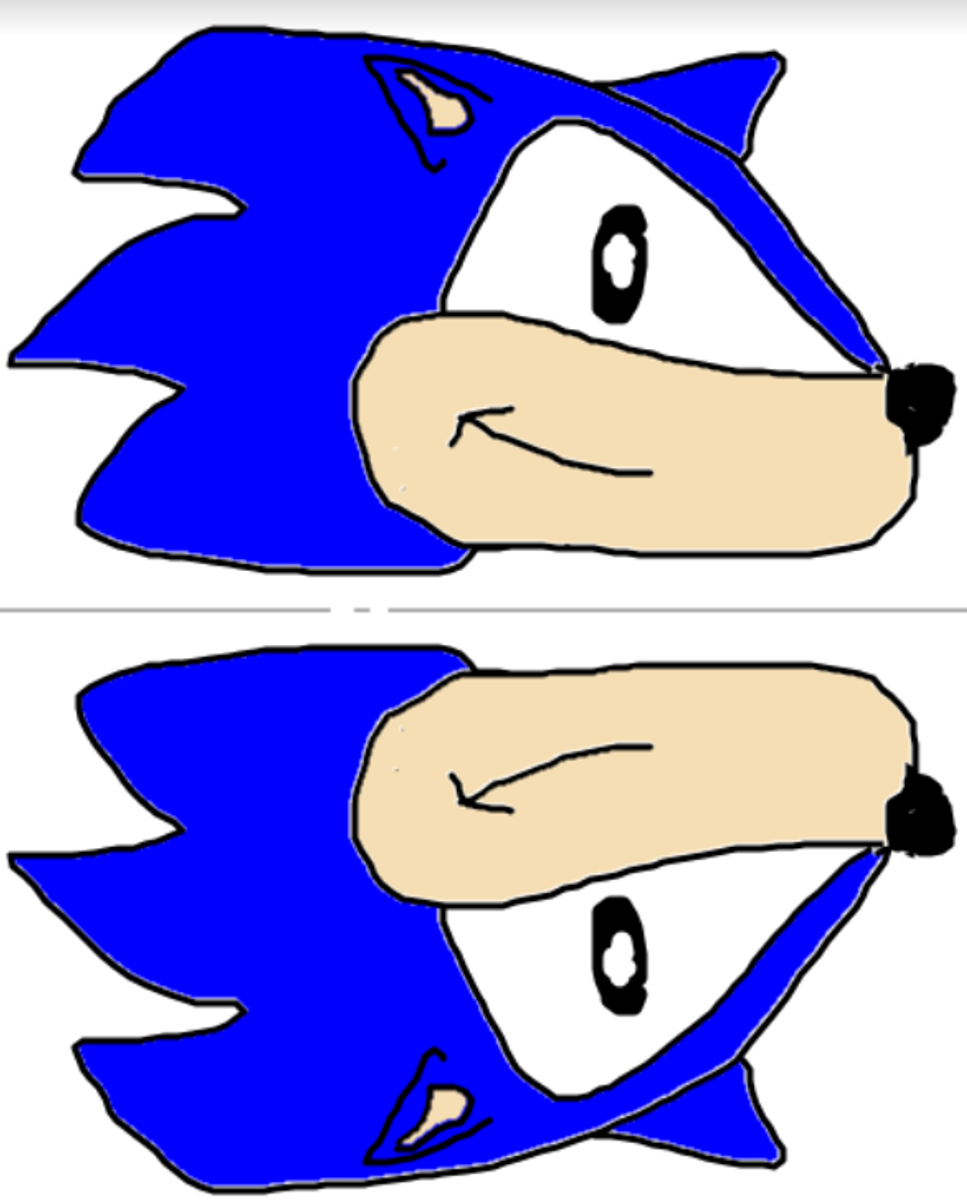
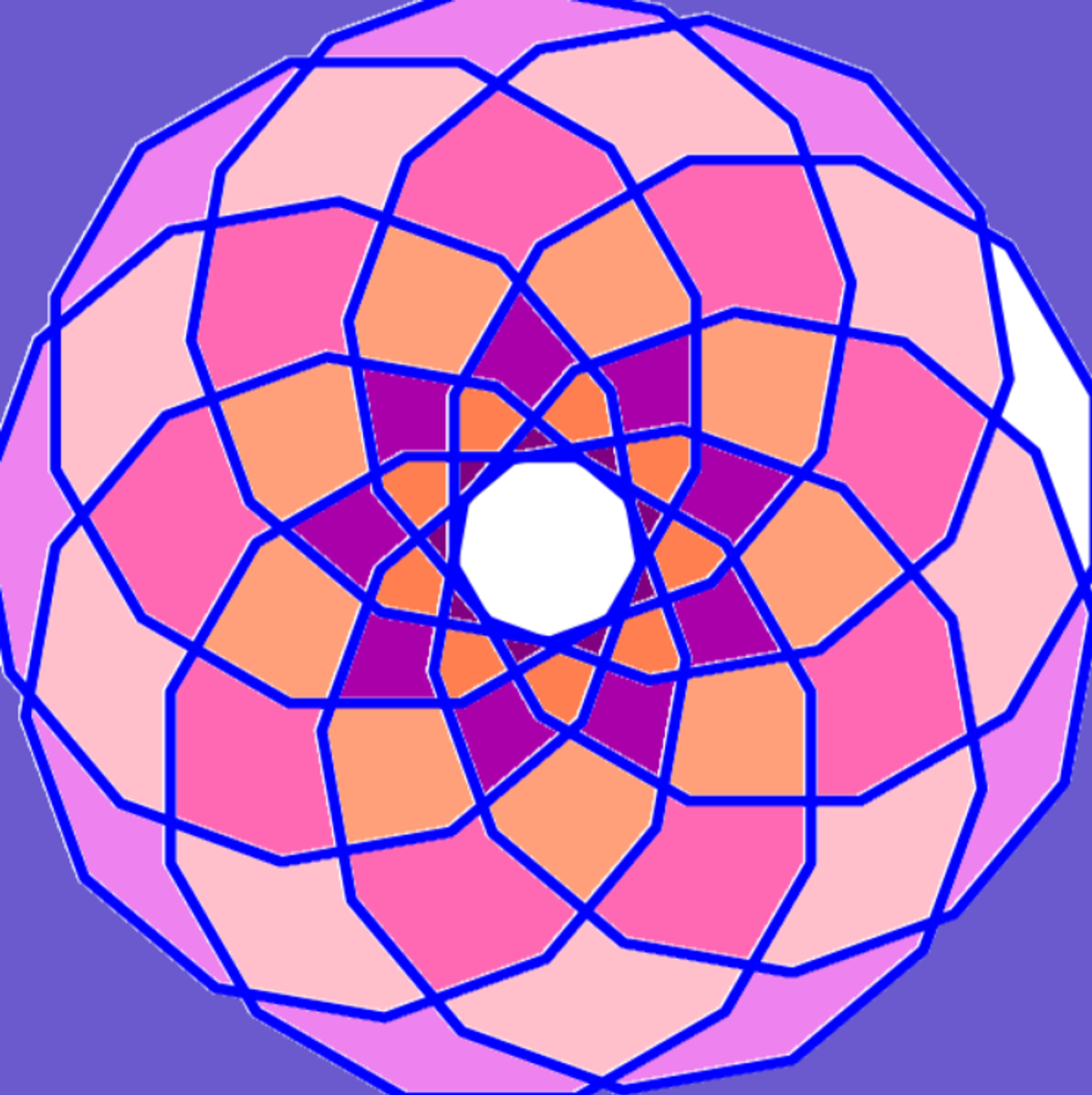
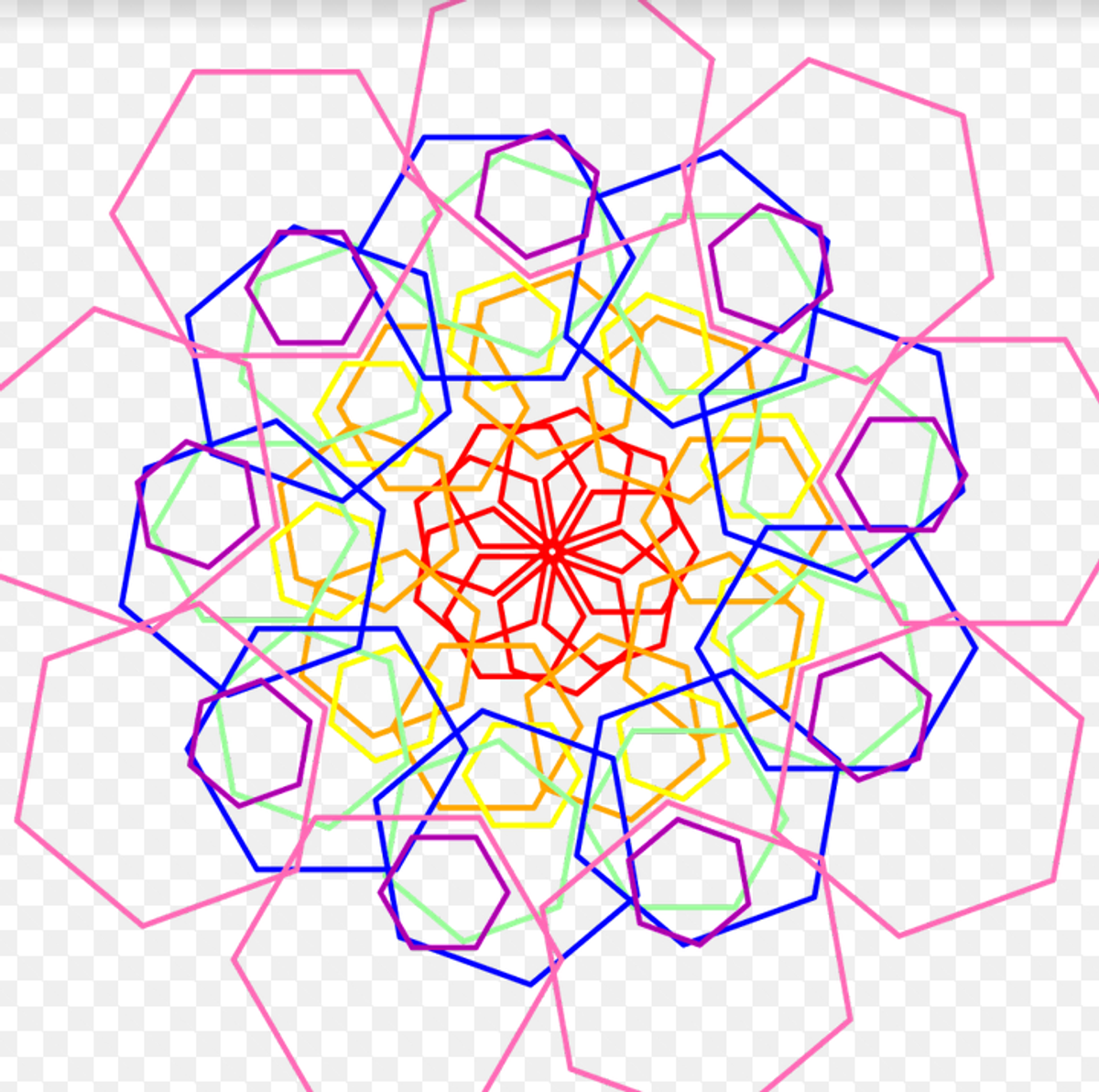

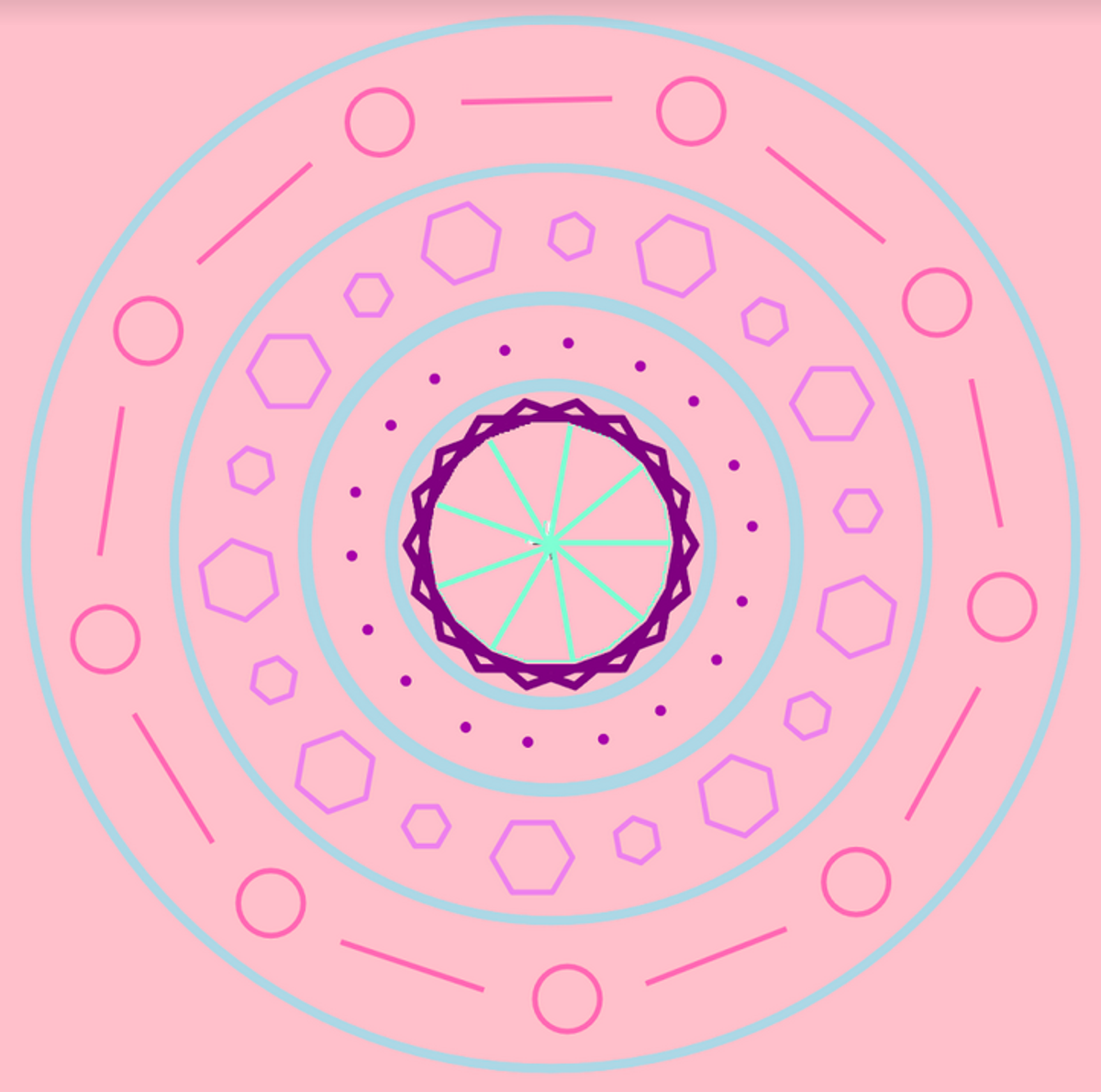
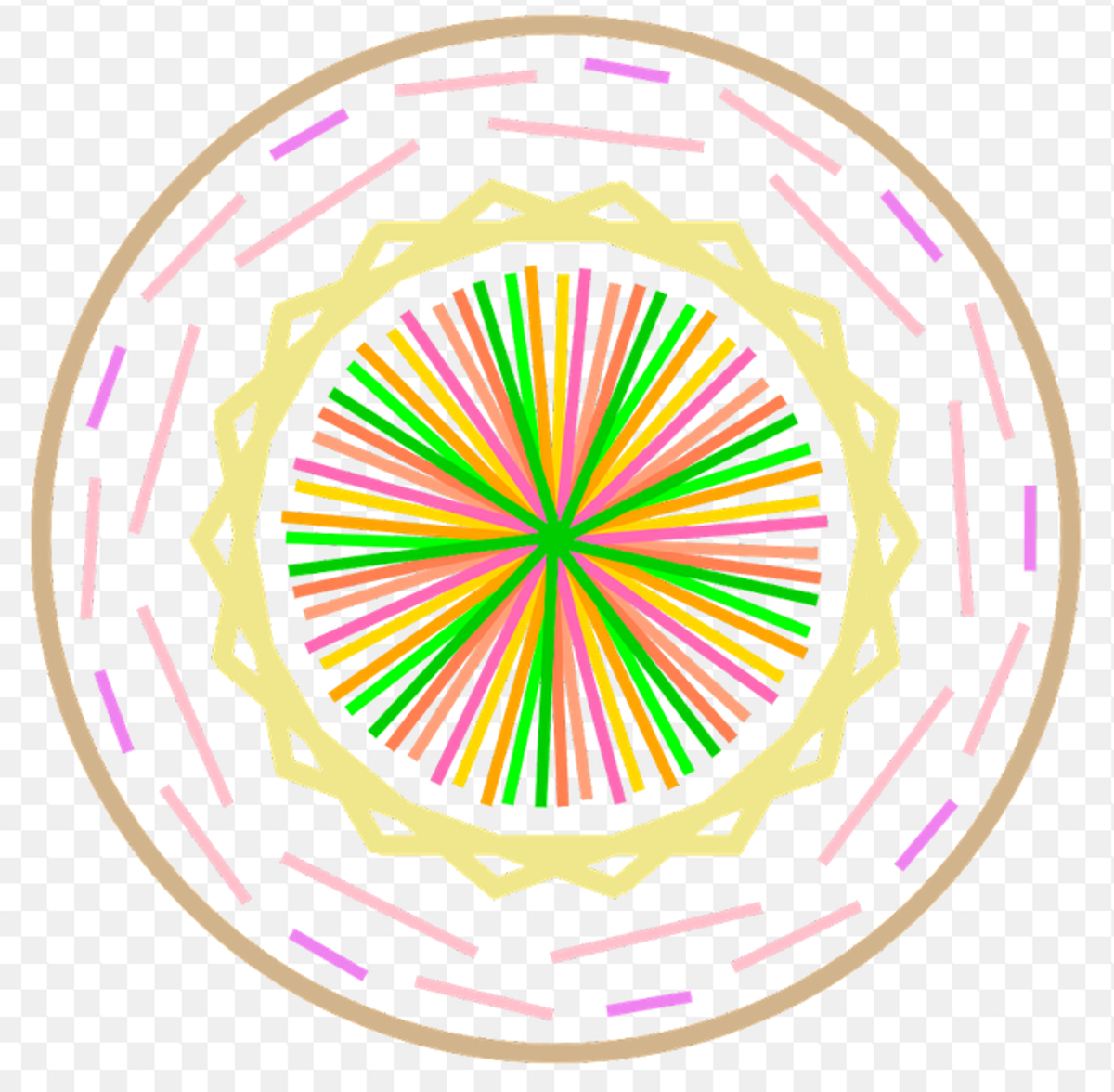






YEAR 9
Statement of Inquiry: Modeling the relationship between quantities can highlight what it means to be human.
Unit: Bivariate Data (what it means to be human)
This term we have been studying bivariate data within the context of exploring how we can examine the relationships between humans and variables such as their environment, income and each other. Students have practised using a critical eye to be sure they collect/use reliable data and then draw reasonable conclusions from their results. We have introduced two new concepts to their understanding: the regression line and correlation. Using these tools allows us to quantify our findings rather than use subjective language to describe our trends. Finally we explored using technology such as online graphing tools to help work more efficiently and effectively.
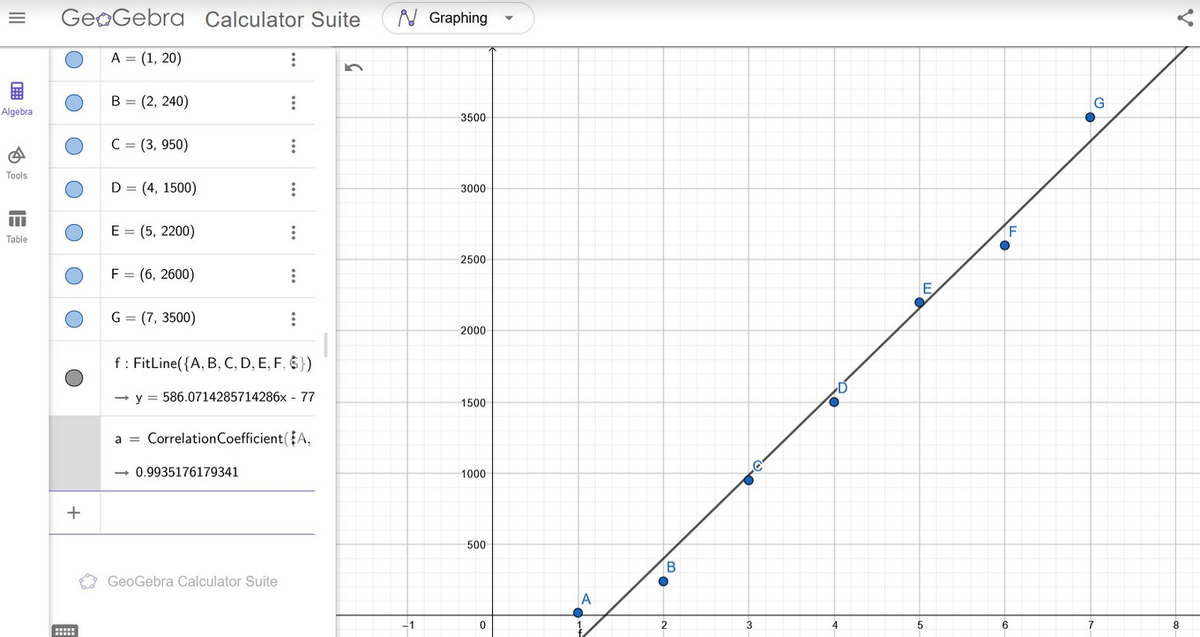

YEAR 10
Statement of Inquiry: People can use visualisation and geometric reasoning to generalise the amazing pattern in space.
In Semester Two, Year 10 students applied what they learnt in circle geometry to investigate the overlap area of multiple circles. The assessment taught students how the pattern, observed from spatial visualisation, can be derived from geometric reasoning.
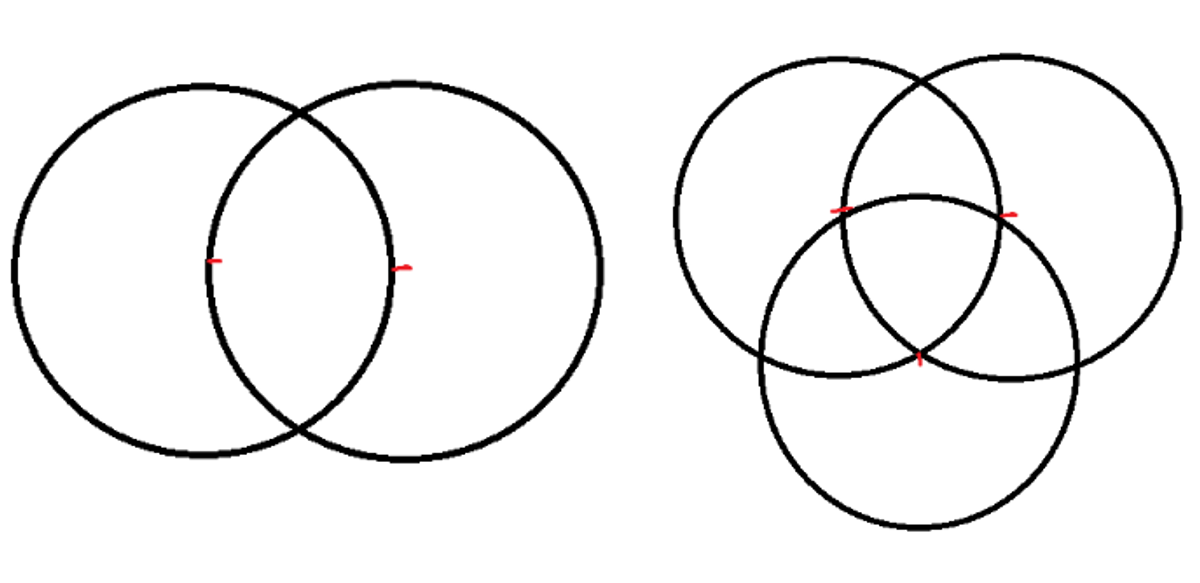

In this unit, students also learnt how to derive the area of circle by approximation and accumulation, which are the core
of Archimedes’ method in mathematics. It paved the way for students to understand the
concept of infinitesimal quantities in their DP mathematics study next year.
Anthony Cavagna, Deena Kaltmann,
Kris Austin, Robin Wang
MYP Mathematics teachers
anthony.cavagna@preshil.vic.edu.au
deena.kaltmann@preshil.vic.edu.au